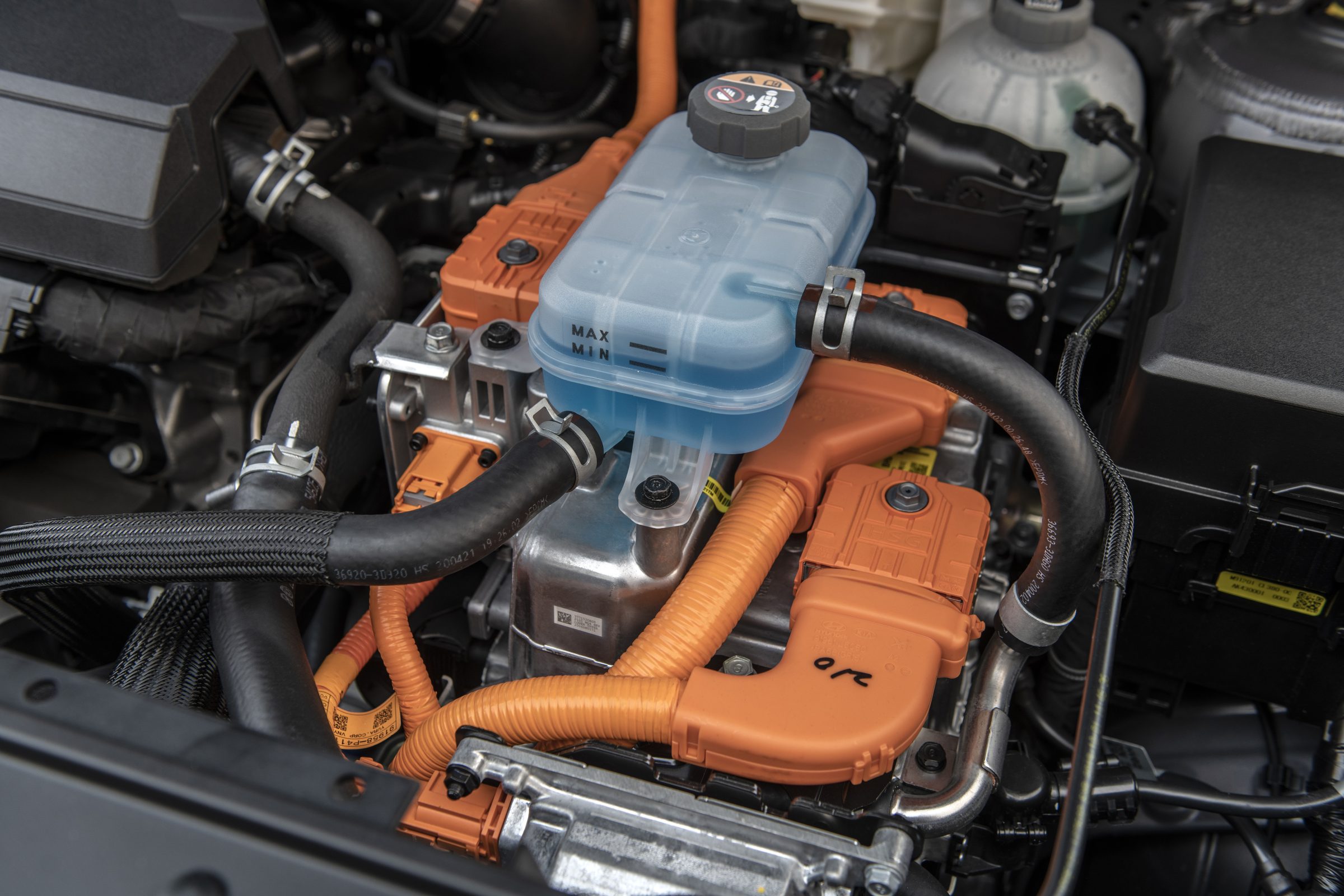The term ‘hybrid’ and ‘phev’ are often used interchangeably, but they actually refer to two different types of cars.
A hybrid car runs on both a petrol engine and an electric motor, while a plug-in hybrid electric vehicle (PHEV) runs mainly on an electric motor, with a petrol engine as a back-up.
Hybrid cars: an in-depth look
Hybrid cars are designed to be as efficient as possible, combining the efficiency of an electric motor with the power of a petrol engine. Most hybrid cars don’t have to be plugged in to recharge, as the energy generated from braking is used to recharge the electric motor. This means that the car can still operate without needing to be plugged in.
What is a PHEV?
PHEVs, on the other hand, must be plugged in to recharge the battery. This means that they are more suitable for drivers who have access to a charging point, such as at their workplace or home.
PHEVs are generally more efficient than hybrid cars, as they are able to draw power from the electric motor for most of their journey. This also means that they emit less pollution than a traditional petrol or diesel car.
The difference between a Hybrid and PHEV car?
The main difference between a hybrid and a PHEV is the amount of power they generate. A PHEV is able to generate more power than a hybrid, as it is able to draw power from both the petrol engine and the electric motor.
This makes them a better option for drivers who need more power, such as those who drive longer distances or who have to tow a trailer.
Conclusion
In conclusion, both hybrid and PHEV cars are good options for drivers who want to be more efficient and environmentally friendly. However, PHEVs are a better choice for drivers who require more power, or who have access to charging points.
Images courtesy: Hyundai



